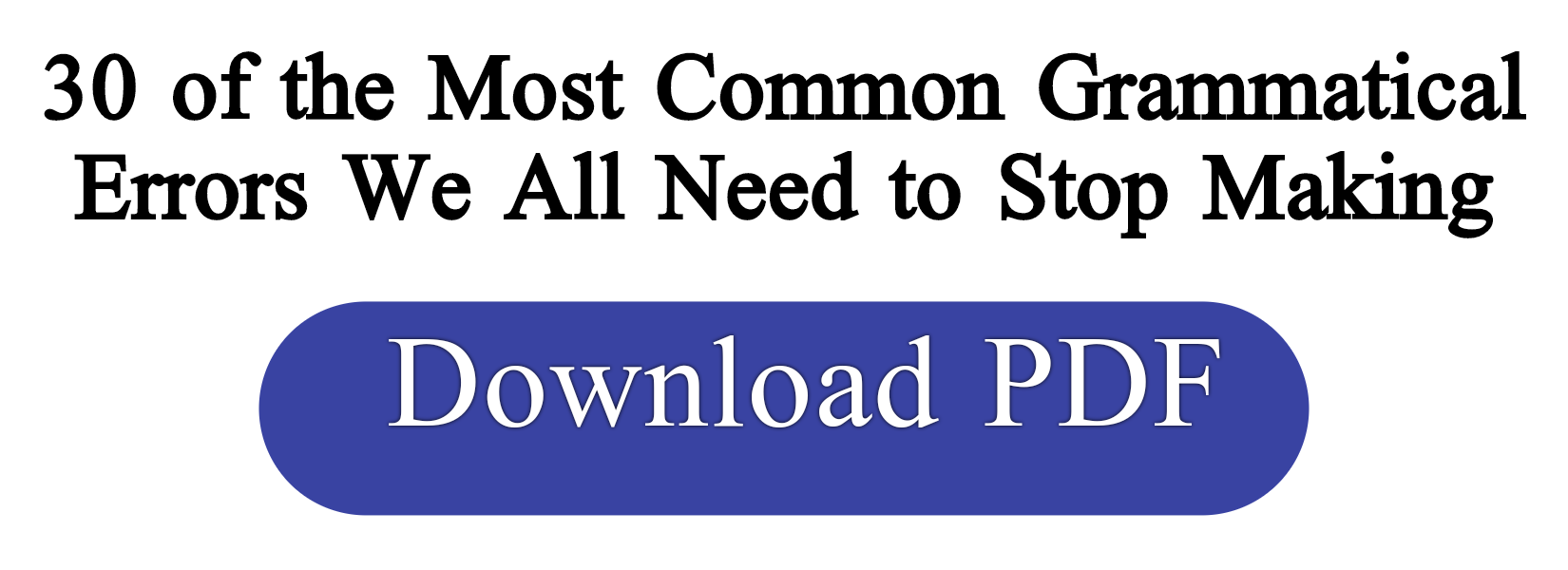Introduction and General Usage in Defining Clauses
The most common relative pronouns are who/whom, whoever/whomever, whose, that, and which. (Please note that in certain situations, "what," "when,"
and "where" can function as relative pronouns.) Relative pronouns introduce relative clauses, which are a type of dependent clause. Relative clauses modify a word, phrase, or idea in the main clause. The word, phrase, or idea modified is called the antecedent. In the following examples, that and whom modify the subject:
The house that Jack built is large.
The professor, whom I respect, recently received tenure.
The type of clause determines what kind of relative pronoun to use. Generally, there are two types of relative clauses: restrictive (defining) clause and non-restrictive (non-defining) clause. In both types of clauses, the relative pronoun can function as a subject, an object, or a possessive pronoun ("whose").
Relative pronouns in restrictive relative clauses
Relative pronouns that introduce a restrictive relative clause ARE NOT separated from the main clause by a comma. Restrictive relative clauses (also known as defining relative clauses) add essential information about the antecedent in the main clause. The information is crucial for understanding the sentence's meaning correctly and cannot be omitted. In other words, without the restrictive relative clause, the sentence does not make sense.
The table below sums up the use of relative pronouns in restrictive relative clauses:
Examples
Relative pronouns used as a subject of a restrictive relative clause:
This is the house that had a great Christmas decoration.
It took me a while to get used to people who eat popcorn during the movie.
Relative pronouns used as an object in a restrictive relative clause:
1) As can be seen from the table, referring to a person or thing, the relative pronoun may be omitted in the object position, but formal English includes the relative pronoun. When the relative pronoun is the object of a preposition, which is used instead of that, for example, "in which," "for which," "about which," "through which," etc. (please see the third example below):
Formal English: This is the man to whom I wanted to speak and whose name I had forgotten.
Informal English: This is the man I wanted to speak to and whose name I'd forgotten.
Formal English: The library did not have the book that I wanted.
Informal English: The library didn't have the book I wanted.
Formal English: This is the house where/in which I lived when I first came to the United States.
Informal English: This is the house I lived in when I first came to the United States.
2) In American English, the word whom is not used very often. "Whom" is more formal than "who" and is very often omitted while speaking:
OR
The woman who you have just spoken to is my teacher.
However, "whom" may not be omitted if preceded by a preposition because the relative pronoun functions as the object of the preposition:
The visitor for whom you were waiting has arrived.
Relative pronouns used as a possessive in a restrictive relative clause:
Whose is the only possessive relative pronoun in English. The antecedent of "whose" can be both people and things:
The family whose house burnt in the fire was immediately given a complimentary suite in a hotel.
The book whose author won a Pulitzer has become a bestseller.
Relative pronouns in non-restrictive relative clauses
Although similar in use, relative pronouns that introduce a non-restrictive relative clauses ARE separated from the main clause by a comma (in most instances). Typically, which is the preferred relative pronoun for indicating that a relative clause is non-restrictive. Non-restrictive relative clauses (also known as non-defining relative clauses) provide non-essential information about the antecedent in the main clause. The information is not crucial for understanding the sentence's meaning correctly and can be omitted without affecting the sentence's meaning. In other words, non-restrictive relative clauses are an aside that adds extra information.
Examples
Relative pronouns used as a subject of a non-restrictive relative clause:
The science fair, which lasted all day, ended with an awards ceremony.
The movie turned out to be a blockbuster hit, which came as a surprise to critics.
Relative pronouns used as an object in a non-restrictive relative clause:
The sculpture, which he admired, was moved into the basement of the museum to make room for a new exhibit.
The theater, in which the play debuted, housed 300 people.
"That" vs. "Who" and "Which"
The relative pronoun that can only be used in restrictive clauses. It can also be substituted for who (referring to persons) or which (referring to things) in informal English. Whereas that is often used while speaking, who and which are more common in formal written English.
Conversational, Informal: William Kellogg was the man that lived in the late nineteenth century and had some weird ideas about raising children.
Written, Formal: William Kellogg was the man who lived in the late nineteenth century and had some weird ideas about raising children.
Conversational, Informal: The spatula that has a cracked handle is in the drawer.
Written, Formal: The spatula, which has a cracked handle, is in the drawer.
Some special uses of relative pronouns in restrictive clauses
that / who
When referring to people, both that and who can be used in informal language. "That" may be used to refer to the characteristics or abilities of an individual or a group of people:
He is the kind of person that/who will never let you down.
I am looking for someone that/who could give me a ride to Chicago.
However, when speaking about a particular person in formal language, who is preferred:
The old lady who lives next door is a teacher.
The girl who wore a red dress attracted everybody's attention at the party.
that / which
There are several cases when that is more appropriate than which:
1) After the pronouns "all," "any(thing)," "every(thing)," "few," "little," "many," "much," "no(thing)," "none," "some(thing)":
The police usually ask for every detail that helps identify the missing person.
Dessert is all that he wants.
2) After the noun modified by an adjective in the superlative degree:
This is the best resource that I have ever read!
Relative Pronouns in Non-defining Clauses
Non-defining relative clauses (also known as non-restrictive, or parenthetical, clauses) provide some additional information that is not essential and may be omitted without affecting the contents of the sentence. All relative pronouns EXCEPT that can be used in non-defining clauses; however, the pronouns MAY NOT be omitted. Non-defining clauses ARE separated by commas.
The table below sums up the use of relative pronouns in non-defining clauses:
- Relative pronoun used as a subject:
The writer, who lives in this luxurious mansion, has just published his second novel.
- Relative pronoun used as an object:
The house at the end of the street, which my grandfather built, needs renovating.
- Relative pronoun used as a possessive:
William Kellogg, whose name has become a famous breakfast foods brand-name, had some weird ideas about raising children.
Some special uses of relative pronouns in non-defining clauses
- which
If you are referring to the previous clause as a whole, use which :My friend eventually decided to get divorced, which upset me a lot.
- of whom, of which
Use of whom for persons and of which for things or concepts after numbers and words such as most, many, some, both, none:I saw a lot of new people at the party, some of whom seemed familiar.
He was always coming up with new ideas, most of which were absolutely impracticable.
Defining vs. Non-Defining and ESL Tips
Defining vs Non-Defining Clauses: Difference in Meaning
There is a difference in meaning between defining and non-defining clauses that depends on the presence or absence of the comma. For example:
Defining clause; the meaning is that there are more sons in the family, e.g.:
Compare:
Non-defining clause; the meaning is that there are no more sons in the family.
ESL Tips on the Use of Relative Pronouns
Although there is no one single rule to cover all the cases, the following summary may be helpful if you need to make a quick decision:
- Use that if the main clause poses the question WHAT? answered by the relative clause;
- Do not use that presenting non-essential, additional information (that is, in non-defining relative clauses); use who or which instead;
- Use who to refer to people;
- Use which to refer to things or to refer to the previous clause as a whole;
- If you choose between who or that, use who in writing;
- If you choose between which and that, use which in writing;
- Do not put a comma before that.








